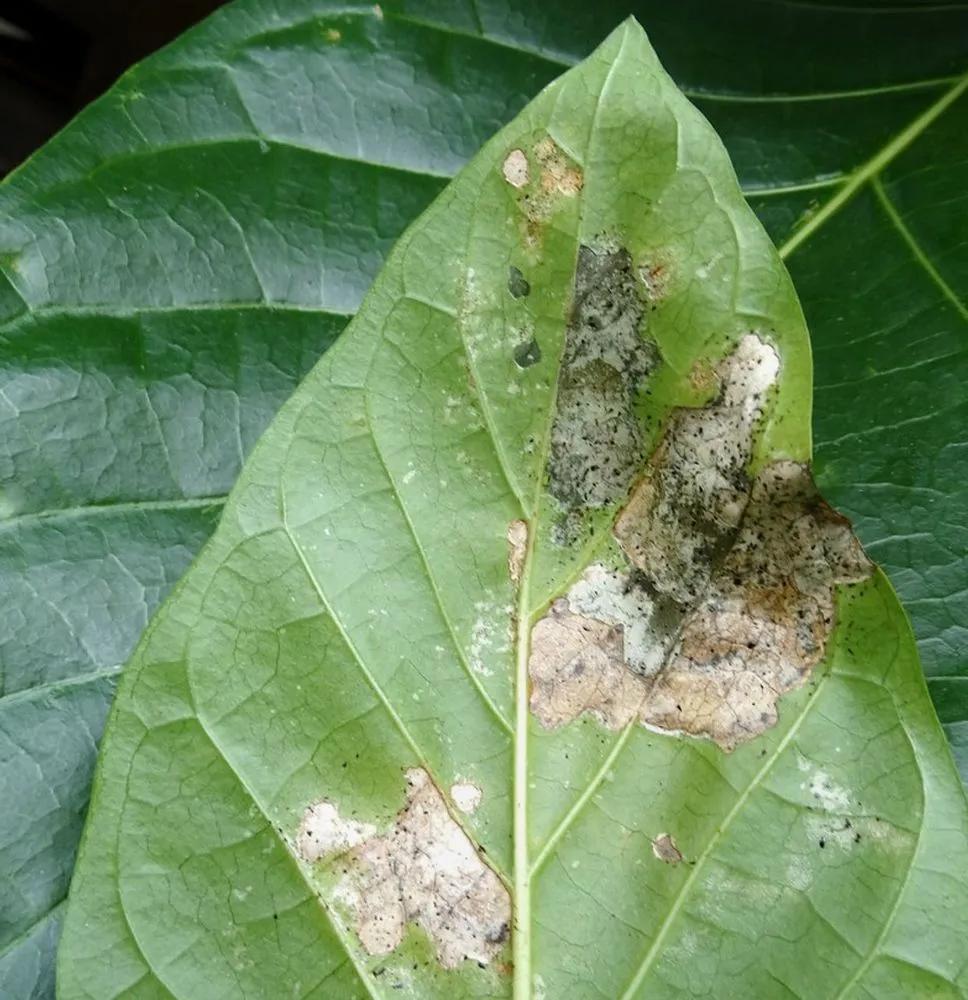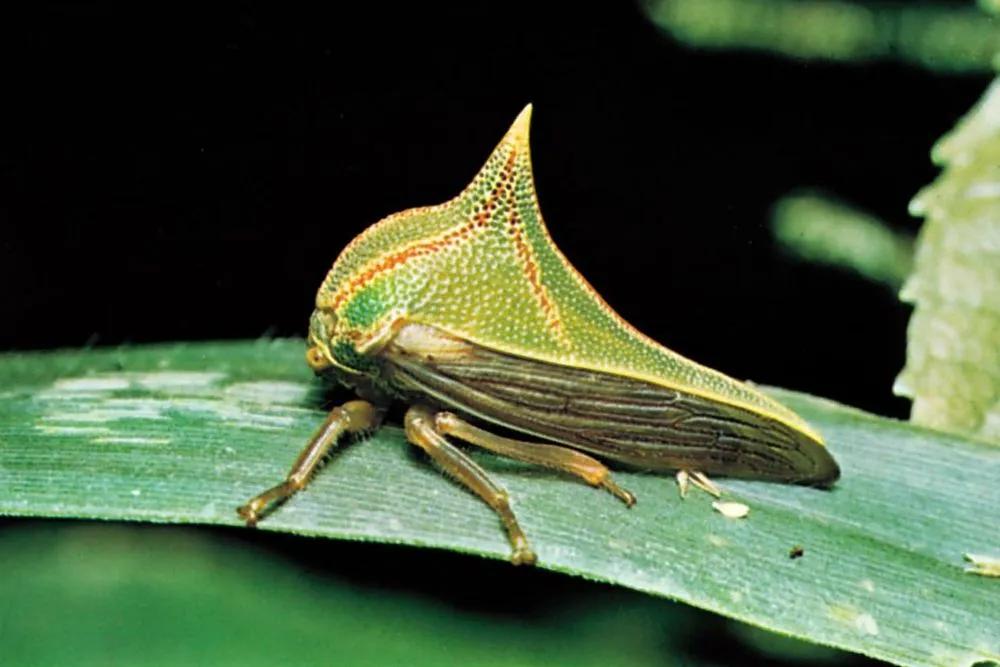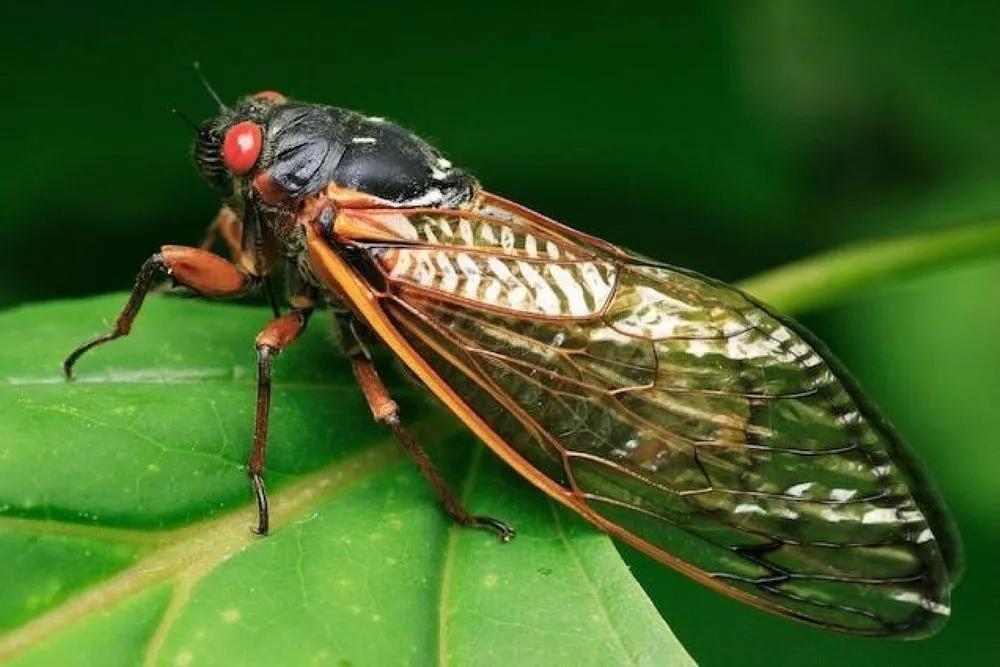The homopterans insects are divided into two groups: Auchenorrhyncha (cicadas, spittlebugs, fulgorids, etc. belong to them) and the Sternorrhyncha, which include aphids, whiteflies, scales, coccids, and mealybugs. Many homopterans, especially the latter ones, are considered harmful to plants because they feed on the plant's sap and destroy the plants and their fruits in general. Fruit trees and crops are the main victims of these insects. When you have noticed their activity in your garden, the best thing you can do is to get rid of them as soon as possible. Sternorrhyncha is smaller in comparison to the other group of Homoptera. Mostly they land on the host and prefer the underside to the upper part of the leaf because it is smoother, so it's easier to feed on them. For this very reason, they choose newly formed leaves.
Homoptera



Signs of damage
- Traces of piercing. Most homopterans feed on plants, so if the plant is infected, you will be the result of their activity.
- Honeydew. This sugary and sticky secretion is a result of homopteran feeding.
- Black sooty mold. This burning-like mold grows in the honeydew.
- Wax texture of the leaves. It can be caused by mealybugs infestation.
- Decreased growth. The plant becomes weaker in general, so the disease affects its growth.
- Change of the leaves' color. They become yellowish or brownish.
How to prevent
Keeping natural predators like ladybugs or lacewings can be extremely helpful. You can also create suitable conditions for birds like hummingbirds that can eliminate these pests. Also can wipe your plants regularly with neem oil.
Heal
A sweep net can be used to collect Homoptera. However, these insects are alert, so don't disturb the area of their location before catching them. Preserved alcohol or a killing jar can also be great for killing them, but these methods work only in the short term. To get more specific pieces of advice on treating Homoptera, you need to know which species affected your plant.
Go Premium to continue reading
Also you’ll get unlimited access to disease identification and all the other beneficial features
More problems
